







Back to Observing Reports
April 30, 2011 at Fort Davis
NELM 7.0
Transparency: 2/5 a bit smoky, but tolerable. We eventually had to shut down at 1AM.
Seeing: 3/5
Equipment used:
48” f/4 reflector
17mm Ethos
10, 6 and 4mm Zeiss ZAO-II
12.5mm UO HD orthoscopic
15mm Parks Gold Series
Astronomik CLS filter
Astrodon Sloan-G filter
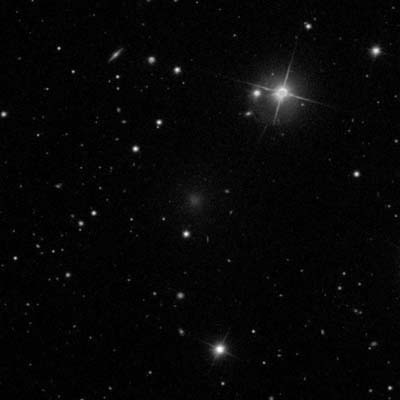 CW
Leonis 09
47 57
+13 16 43.6
CW
Leonis 09
47 57
+13 16 43.6
48” (488x) – very faint/extremely faint soft small round glow popped in and out at least 3 times. Forms a rough parallelogram of approximately mag 17 stars. A blazing mag 10.6 star lies 2.3’ NW. Nearby uncharted galaxy – very faint, even surface brightness 2:1 elongated. 0.2’ long and PA = 135º It lies 2.8’ NNE from CW Leonis. A mag 16 star lies 0.6’ west.
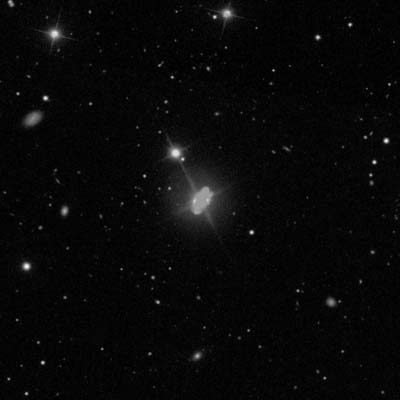 Frosty
Leo, IRAS
09371+1212 09
39 54.0 +11
58 53
30x15”
Frosty
Leo, IRAS
09371+1212 09
39 54.0 +11
58 53
30x15”
48” (488x) – Protoplanetary nebula lying about 300 light years away. Two very bright N-S lobes appearing very much like an hourglass about 30” long. The south lobe is a little brighter than the north lobe. Some faint extensions from both lobes extending about 10” past each lobe.
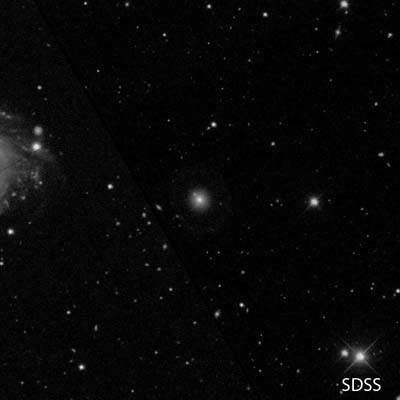 MAC
1123-0840 (ring
galaxy about 4’ west of a beautiful multi-armed barred
spiral galaxy, NGC
3660) 11
23 16.4 -08
40 07
1.3x0.8’ 16.0
MAC
1123-0840 (ring
galaxy about 4’ west of a beautiful multi-armed barred
spiral galaxy, NGC
3660) 11
23 16.4 -08
40 07
1.3x0.8’ 16.0
48” (13E, 488x) – The core is picked up as a faint round central even surface brightness glow. The NE part of the ring popped in and out at least 3 times and the SW piece only once. Jimi saw the SW piece several times. Nearby, MAC 1123-0841 is a considerably bright 2:1 elongated glow. 0.5’ long and PA = 90º. It lies on the other side of NGC 3660.
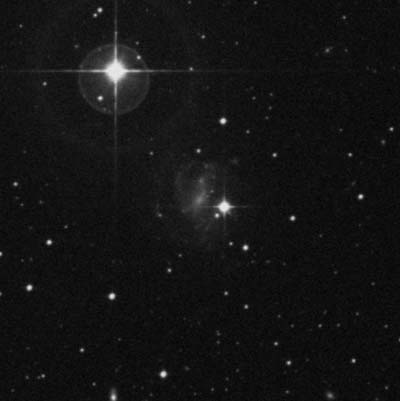 UGCA
270 12
06 07.2
-22 50 59 2.8x2.0’ 13.0p
UGCA
270 12
06 07.2
-22 50 59 2.8x2.0’ 13.0p
48” (488x) – Very faint diffuse irregular glow, diffuse edges, even surface brightness. Much fainter than the listed magnitude. No structural detail was seen. A mag 9.8 star lies on the galaxy near the SW edge. About 2’ across.
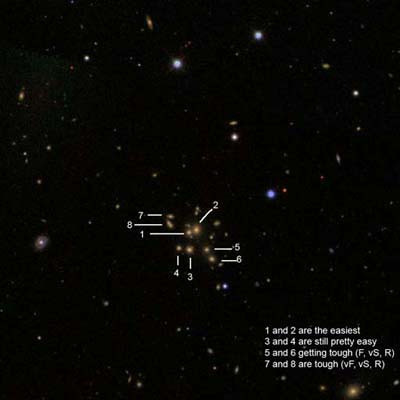 Shakhbazian
1 10 55
05.4
+40 28 00 Galaxy Cluster of 17 members mag 17+
1.4’ across
Shakhbazian
1 10 55
05.4
+40 28 00 Galaxy Cluster of 17 members mag 17+
1.4’ across
48” 488x – 8 galaxies detected. The group is 1.1’ in diameter. See image for descriptions and labels.
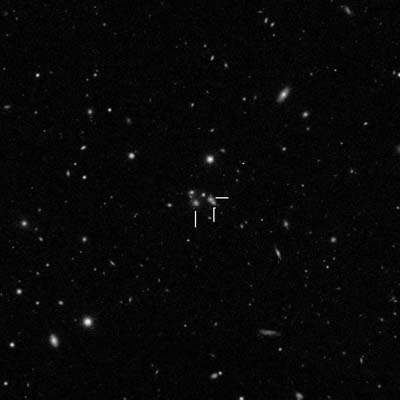 Shakhbazian
3 11 15 53
+53 45 11 Galaxy
Cluster of 6
members mag
15.5-16 -
across
Shakhbazian
3 11 15 53
+53 45 11 Galaxy
Cluster of 6
members mag
15.5-16 -
across
48” 488x – Very faint diffuse glow. Three nearby galaxies seen. This is when we shut down due to high particle count.
Second night at Fort Davis
NELM 7.5
Transparency: 3/5
Seeing: 3/5
Same equipment
 We
decided to observe CW
Leonis again as this night was significantly darker
than the previous
night, so here it goes.
We
decided to observe CW
Leonis again as this night was significantly darker
than the previous
night, so here it goes.
48” (542x with Sloan G filter) – popped in and out without filter. With the Sloan G filter, it was much bigger and easier. About 0.2’ across. A blazing 10.6 mag star lies 2.3’ NW. It was just a little bit better than the previous night.
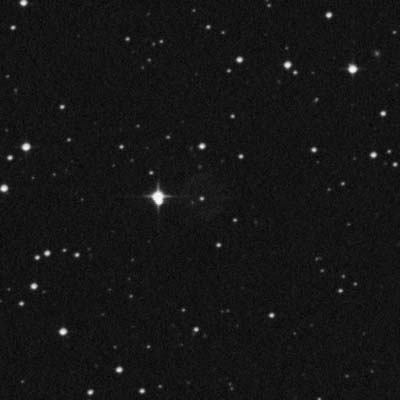 Koh
1-28 10
34 30.7
-29 11 16 54.0” Mag* 16.7
Koh
1-28 10
34 30.7
-29 11 16 54.0” Mag* 16.7
48” 488x, 15P (NPB filter) – Very faint arc popping in and out. About 0.3’ long going from 10 to 12 o’clock. 0.4’ from the central star, which was easy. A mag 11.9 star lies 0.8’ due west of the central star.
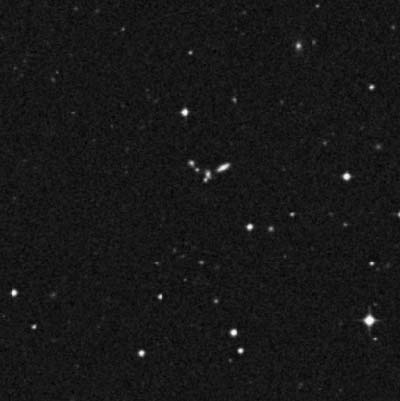 Shakhbazian
318 11
09 37
-04 20 58 Galaxy
Cluster of 5
members mag
17.64+ 0.6’
across
Shakhbazian
318 11
09 37
-04 20 58 Galaxy
Cluster of 5
members mag
17.64+ 0.6’
across
48” (488x , 542 and 610x) – four galaxies detected, much like a flat isosceles triangle. The western member is considerably faint 5:2 elongated even surface brightness glow. PA = 120 and 0.2’ long. The eastern member is extremely faint round glow. About 0.1’ across. Lies 0.5’ due east of the first member. The third and fourth members are a very close double galaxy, on the south tip. The southern member is very faint very small round glow with a stellar core. The north member of the pair is very faint soft round glow, about 0.1’ across. See image.
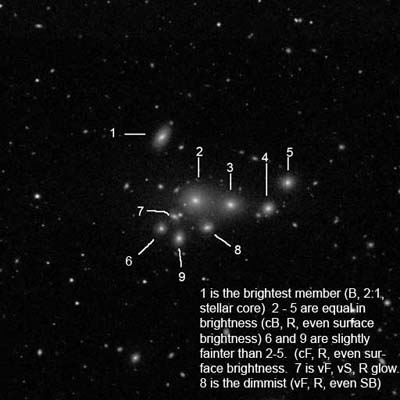 Shakhbazian
154 11
22
54 +01 06 52 Galaxy Cluster
of 14 members mag
-
2’ across
Shakhbazian
154 11
22
54 +01 06 52 Galaxy Cluster
of 14 members mag
-
2’ across
48” 488x – 9 members detected. Ranging from considerably bright to very faint. All are round and even surface brightness. See image
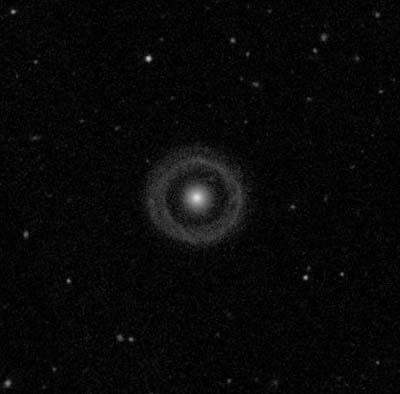 Hoag’s Object PGC 54559 15 17 14.4
+21 35 08 1.0x0.9’ Mag 14.9
(central galaxy)
Hoag’s Object PGC 54559 15 17 14.4
+21 35 08 1.0x0.9’ Mag 14.9
(central galaxy)
Ring popped in and out with Sloan G filter.
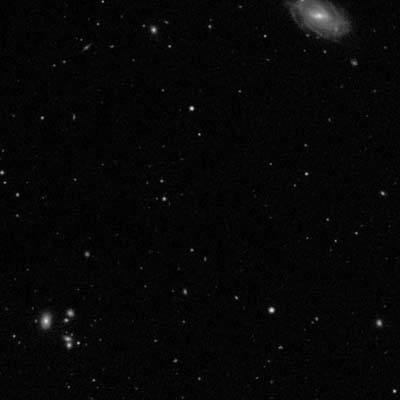 UGC 6489 and Shk 63 11 29
36 +42 26 25
Galaxy Cluster of 6
members mag
16.0 – 16.5 0.9’
across
UGC 6489 and Shk 63 11 29
36 +42 26 25
Galaxy Cluster of 6
members mag
16.0 – 16.5 0.9’
across
48” (375 and 488x) – 3 members seen forming an equilateral triangle with each side being 0.5’ across. Actually the two double galaxies were not resolved, the west pair is very faint soft round glow and the SW pair is an extremely faint round glow. The brightest is in Shk 63. UGC 6489, much brighter core with a dim diffuse glow.
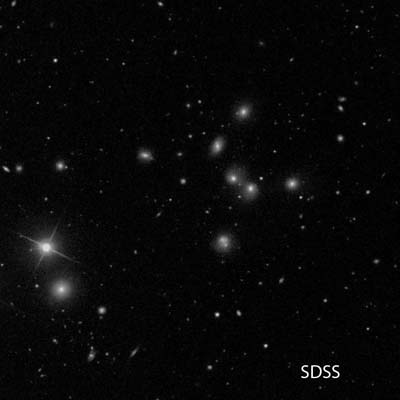 Shakhbazian
205 12
35
23 +27 34 29 Galaxy Cluster
of 14 members mag
15.4+
4.5’ across
Shakhbazian
205 12
35
23 +27 34 29 Galaxy Cluster
of 14 members mag
15.4+
4.5’ across
48” 488x – 7 members seen. 5 members of equal brightness forms a semi-circle about 1.5’ in diameter. The two other members are opposite of the circle and appears like the Crater constellation. An extremely faint star sits between the two western most pair.
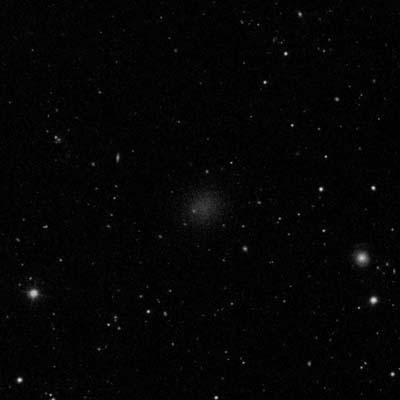 IC
4107 13
02 42 +22 00
00
IC
4107 13
02 42 +22 00
00
48” (375x) – Extremely faint very diffuse round glow. No central brightening. About 0.5’ across. Forms a triangle with a 13.6 mag star 3.2’ ESE and a 14.5 mag star 3.2’ WSW. A very small uncharted galaxy detected 0.7’ north of the 14.5 mag star. This is probably the faintest member of the NGC/IC catalog.
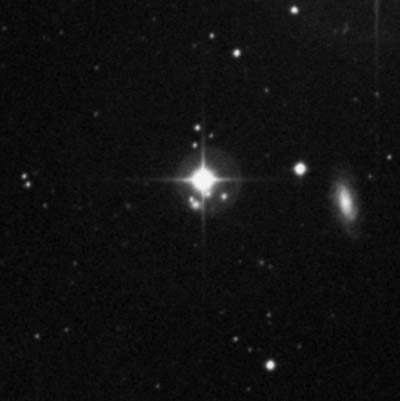 Rose
33 14
10 56 +15 12
34
17.5
Rose
33 14
10 56 +15 12
34
17.5
48” (813 and 1220x) – All four easily seen as fuzzy stars. The one nearest the 7.9 mag star is the most difficult.
Longmore Tritton 5 12 55 34 +25 53 28 8.8’ - 14.9*
48” (287x with NPB filter) – Very faint large round glow. Some filaments detected on the east edge.
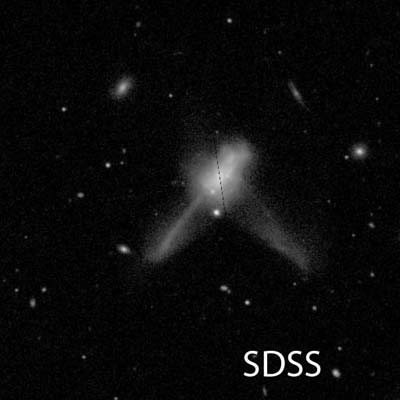 Arp 193 (IC 883) 13 20
36.2 +34 08
10 14.4p
1.6x0.6’
Arp 193 (IC 883) 13 20
36.2 +34 08
10 14.4p
1.6x0.6’
48” (325 and 488x) – Very bright boxy central lobe. The SE jet is obvious, while the SW jet was pretty tough. Both about the same length.
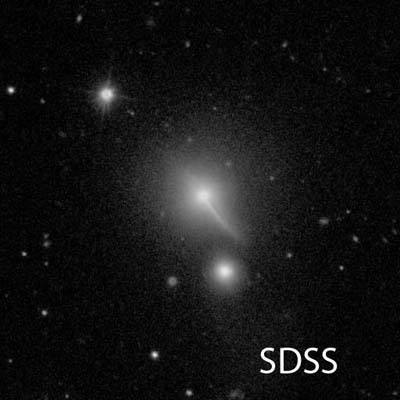 UGC
8763 – jet 13
51
05.5 +25 05
35 13.4
0.9x0.9’
UGC
8763 – jet 13
51
05.5 +25 05
35 13.4
0.9x0.9’
48” (542 and 610x) – Both are high surface brightness. The jet was held about 1/5 of the time, when the seeing steadied up. It runs about 1/3 of the way to the other galaxy.
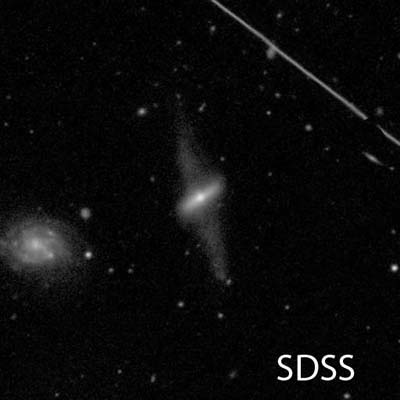 II Zw 73 (UGC 9796) polar ring galaxy 15 15 56.3
+43 09 59 16.0 1.6x0.3’
II Zw 73 (UGC 9796) polar ring galaxy 15 15 56.3
+43 09 59 16.0 1.6x0.3’
48” (488x) – Bright 2”1 elongated patch. The SW polar ring is extremely faint diffuse glow. Did not see the NE ring. Nearby galaxy, CGCG 221-46 – Bright, round diffuse glow with ill-defined edges. MAC 1515+4310, considerably faint compact round glow.
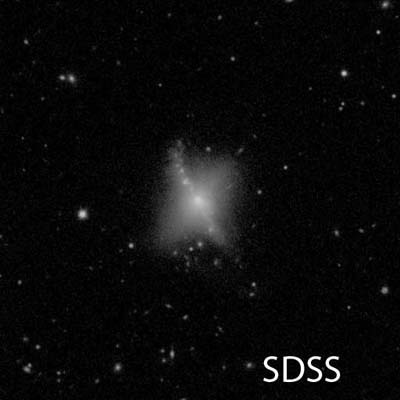 UGC
9562 14
51 14.3 +35
32 32
14.4b 1.1x0.8’
UGC
9562 14
51 14.3 +35
32 32
14.4b 1.1x0.8’
48” 488x – Ring was seen with direct vision. Bright compact core. The ring appeared much like a flat integral sign.
 IC
1015 14
28 19.0 +15
25 05
15.2 0.7x0.4’
IC
1015 14
28 19.0 +15
25 05
15.2 0.7x0.4’
Three interacting galaxies. The east galaxy has a stellar core and the one just west is pretty close and similar in brightness, but no stellar core. The SW member is a small round diffuse glow. There is a bridge connecting the SW with the west of the first pair.
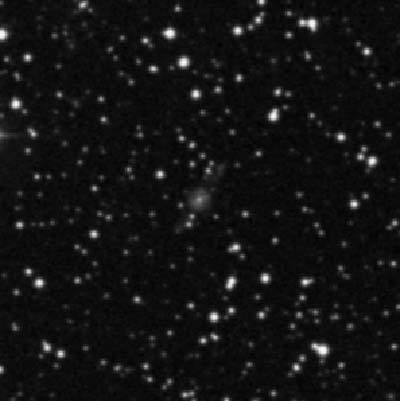 Ethos
1 19 16
31.5 +36 09
47.9
Ethos
1 19 16
31.5 +36 09
47.9
48” 488x – No filter it was easily found as a direct vision object. Appears like a flat galaxy in a rich star field. CLS filter – brings it out quite a bit. NPB – doesn’t help much. Sloan G – about the same as the CLS, maybe a little bit better.
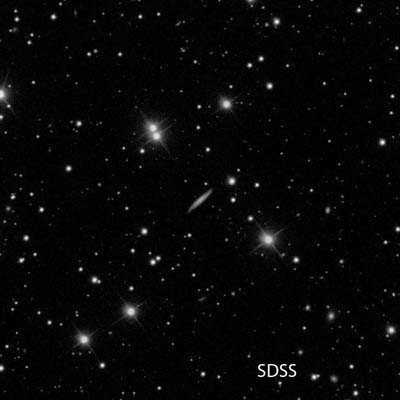 Uncharted flat galaxy in Lyra
18 21 11.69 +42
52 11.8
Uncharted flat galaxy in Lyra
18 21 11.69 +42
52 11.8
48” (375, 488 and 813x) – Seen with direct vision. I’m the first to see it. 4:1 Elongated, best seen at 488x. rich star field.
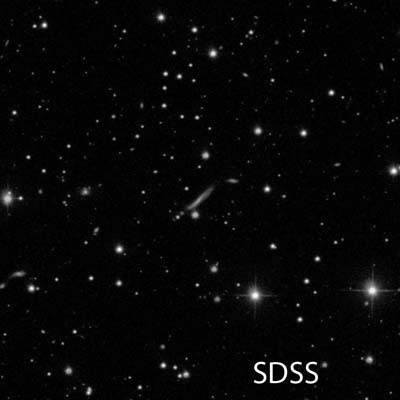 Ana’s object 18 40 36 +65 12 42
Ana’s object 18 40 36 +65 12 42
48” 488x – Thin glow, defined edges, direct vision object. Inside the bottom star of the “kite” asterism. Used “Orion’s Belt” asterism to find the “kite.
Back to Observing Reports
All Observing Reports are copyrighted by Alvin Huey. You can print them for personal use only.
Components Aids Guides Observing Guides Reports
